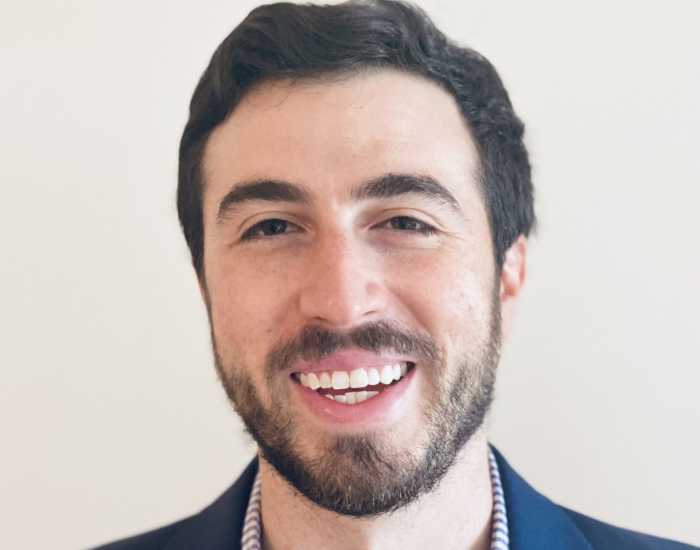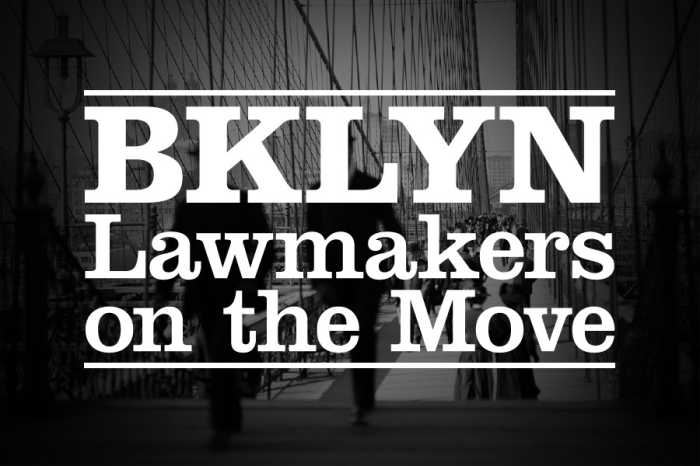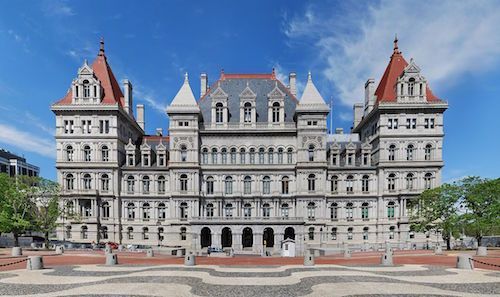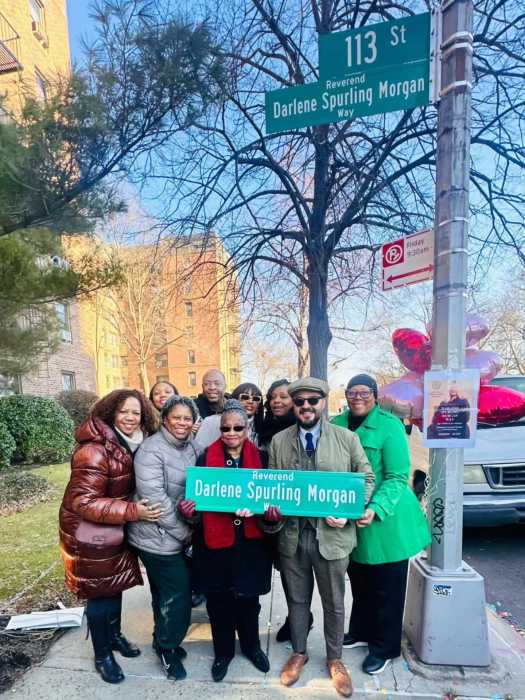Editor’s Note: This op-ed was written by Reva Singh and City Council Candidate Douglas Shapiro.
The New York City government approved an $827 million dollar cut for the Department of Education to help address the budget deficit caused by the pandemic earlier this year. This immoral budget has already proven to be a major mistake.
The budget cut resulted in a hiring freeze across the city that prevented principals from filling vacancies in their schools, causing a major teacher shortage this September, particularly in lower income districts. Our educators are being called on to address the individual needs of our students, a task made more difficult than ever due to the structural inequities laid bare by the coronavirus pandemic. The best way to support our educators, and our students, is to increase funding to schools.
School Districts 28 and 29 in Queens serve over 5,5000 homeless students, providing these students with not only an education, but also a reliable source of meals everyday. Teachers in District 28, and all across the city, go above and beyond for their students. Our teachers are not only an educational resource, but also provide emotional support and stability for students. Due to teacher shortages and budget cuts, however, school staff are being stretched to the limit, a problem compounded by the placement of temporary teachers in schools instead of full-time staff due to the hiring freeze.
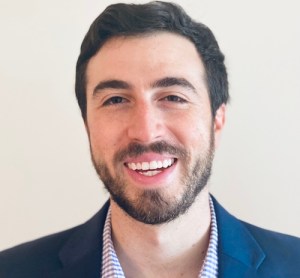
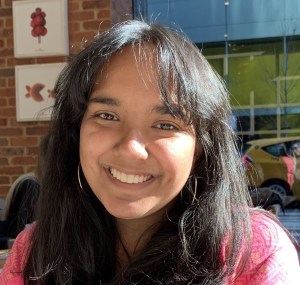
Universal consensus amongst educators is rare, but the immense benefits of low student-to-teacher ratios is an empirical pedagogical fact that all can agree on. There appears close to a causal relationship to more individualized attention from teachers and improved student outcomes. Simply put, fewer students per teacher leads to more successful students. Eighteen to twenty-four students per teacher seems to be a sweet spot. Although fewer students per teacher beyond that does not necessarily improve outcomes, we are a far cry from such ratios in our schools in District 28, where the majority of classrooms are filled nearing the city’s maximum of 34 students per teacher. Many classrooms in our neighborhood regularly have 30+ students per teacher, and that has been true for nearly a generation. Hiring more teachers in our local schools is an obvious way to improve educational quality when schools ‘go back to normal.’ The hiring freeze prevents this progress, and we need to prevent a similar budgetary decision from occurring again.
We need a moral budget that prioritizes education funding. No one knows what a school needs to support its students better than the staff that work there, which is why adjusting the NYC budget to give schools more discretion over their funding empowers educators to use resources that will have the greatest impact for students. Frequently the best thing for students tends to be more teachers. As of right now, only 52% of the DOE budget goes to school districts. Nearly 20%, or $6 Billion, of that budget goes to central support costs. More resources to our local schools will result in hiring more teachers, preventing detrimental personnel shortages, exactly what we experienced just a few months ago.
As the husband of an urban educator who taught in southeast D.C. and the south and west sides of Chicago, I’ve learned a lot from daily education discussions with my wife. Maintaining the status quo – especially with respect to funding – is a surefire way for the public education system to fail our students. The NYC system needs more than passive reforms; we must demonstrate our commitment to our students by prioritizing resources going directly into the classroom. There are practical steps to achieve this, and the math is not challenging. The first step is to restore the $100 M cut and increase the Fair Student Funding portion of the Schools Allocation Memorandums Fund, which sets up discretionary funds for principals to hire more staff or purchase necessary technology; the second is through more significant voluntary reduction of non-pedagogical – nearly 10% of mostly bureaucratic – staff at the central DOE; and the last is through real compliance by NY State to the Campaign for Fiscal Equity. Every school district still does not have the necessary funds to provide an opportunity for a sound basic education to all of its students. The state has shortchanged NYC students of several billion dollars by refusing to fund its educational obligations under the current law.
The next city council should unequivocally reject any budget proposed by the mayor that does not adequately fund our public schools. It should work with the DOE to co-create education policies that prioritize initiatives that unilaterally support students and that every school will benefit from. This is a hefty task, but it can only be accomplished by fair funding for every school. And that is why I’m running for city council.
Personally, I was blessed to attend outstanding local public schools. PS 196 in Forest Hills and JHS 157 Halsey in Rego Park prepared me for Stuyvesant, and I genuinely believe that a high-quality public education must be the foundational government service that NYC provides. Education serves as the ladder that parents rely on in Richmond Hill, Kew Gardens, Forest Hills, and Rego Park to provide a better life for their children. The parents in our city are ready to sacrifice so much in order to ensure that if their children study hard, they will be able to pursue their dreams and enjoy economic security. The immoral budget cuts to the DOE are the most poignant failure – and there are many to choose from – of the current mayoral administration. Preventing schools from hiring more teachers, particularly when they need more, shows an inability to prioritize the most important investment society can make: our investment in our future—our investment in our children.
Douglas Shapiro is a candidate for NYC Council, District 29 https://www.shapiro2021.com/ Reva Singh is an undergraduate at Princeton University.



